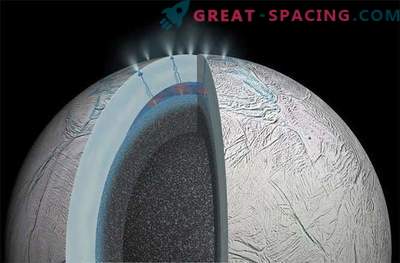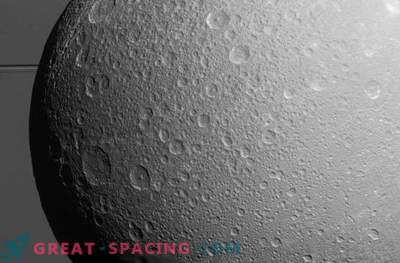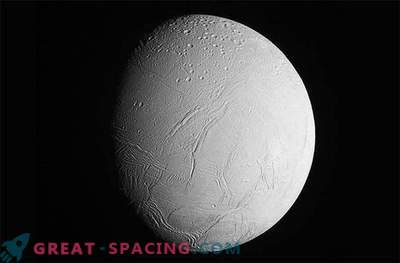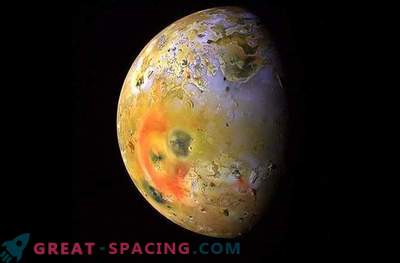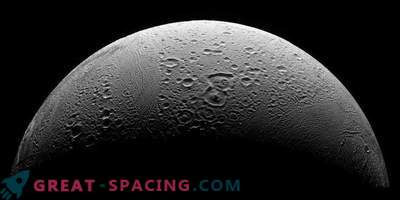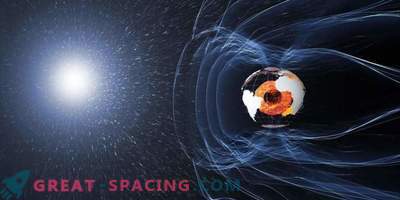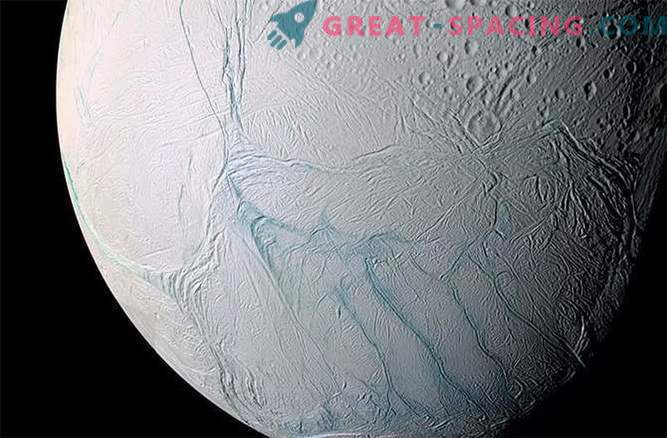
Measurements of gravity made with the Cassini orbital spacecraft orbiting Saturn indicate that the small satellite Enceladus has a liquid ocean located between its stone core and ice shell. This ocean is a promising place for finding life beyond Earth.
Cassini data shows that the reservoir located in the southern hemisphere of the satellite should be huge, and located at a depth of 31 kilometers below the surface.
"The ocean can be spread half or even more toward the equator in every direction," says astronomer David Stevenson, of the California Institute of Technology in Pasadena.
Scientists suggest that the ocean is salty, as water jets erupt from the cracks at the south pole of Enceladus and Cassini samples contain salts, as well as organic molecules. This happens when minerals from the underlying rock are leached into the water, which is a good omen for the development and evolution of life.
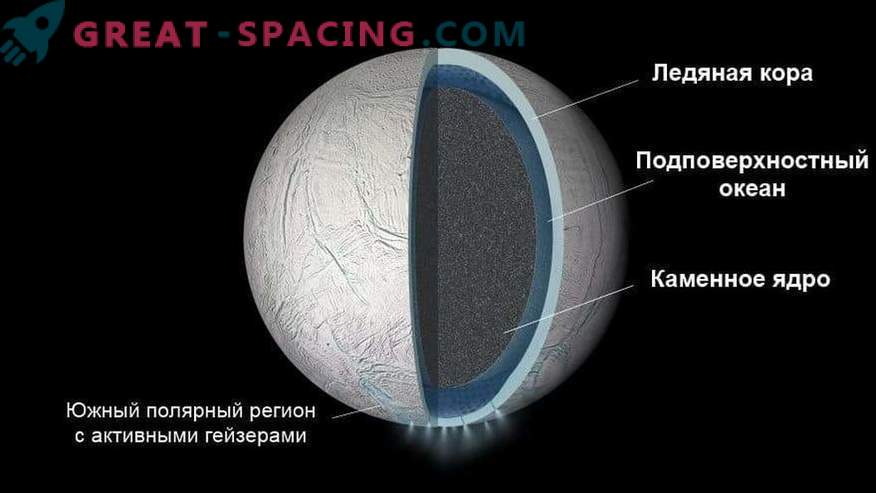
Measurement of lunar gravity by the Cassini apparatus hinted at the presence of an inland ocean under the south pole.
“It didn’t come as a surprise to us to discover water, because we knew that if there was a jet, there was also liquid water,” said astronomer Luciano from the University of La Sapienza, Rome.
"All the keys were put together," added Candice Hansen-Koharcheck, a senior fellow at Tucson, Arizona. "But until we received these gravitational data, they were still indirect evidence," said Hansen-Koharcheck.
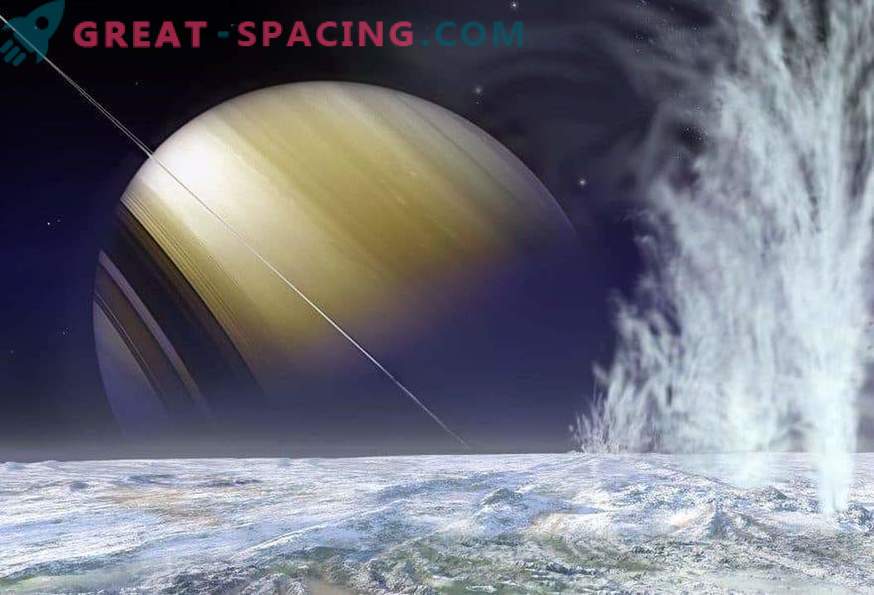
A look at Saturn from Enceladus. In the foreground geysers erupt
The measurements were painstakingly collected when Cassini flew three times near Enceladus between 2010 and 2012. Two flights were made over the south pole of the satellite, 65 and 44 miles above the surface. One flight was made above the North Pole at an altitude of 31 miles.
During the transmission of radio signals back to Earth at a distance of 850 million miles, scientists were able to calculate the minute change in frequency caused by the Cassini gravitational tugging satellite Enceladus, which is about 300 miles in diameter.
“Tracking a spacecraft to a fraction of a millimeter per second is something truly extraordinary. If we could just do the same with a Malaysian plane,” said Stevenson.

Water vapor erupting from Enceladus South Pole
In the end, scientists have discovered a tangible asymmetry between the northern and southern hemispheres of the moon.
Considering that the material from which the satellite and the planet were formed was available in the outer solar system, the scientists agreed that gravitational measurements indicate one thing: the subterranean ocean.
This discovery can compete with the satellite of Jupiter Europe as candidates for the search for life.
